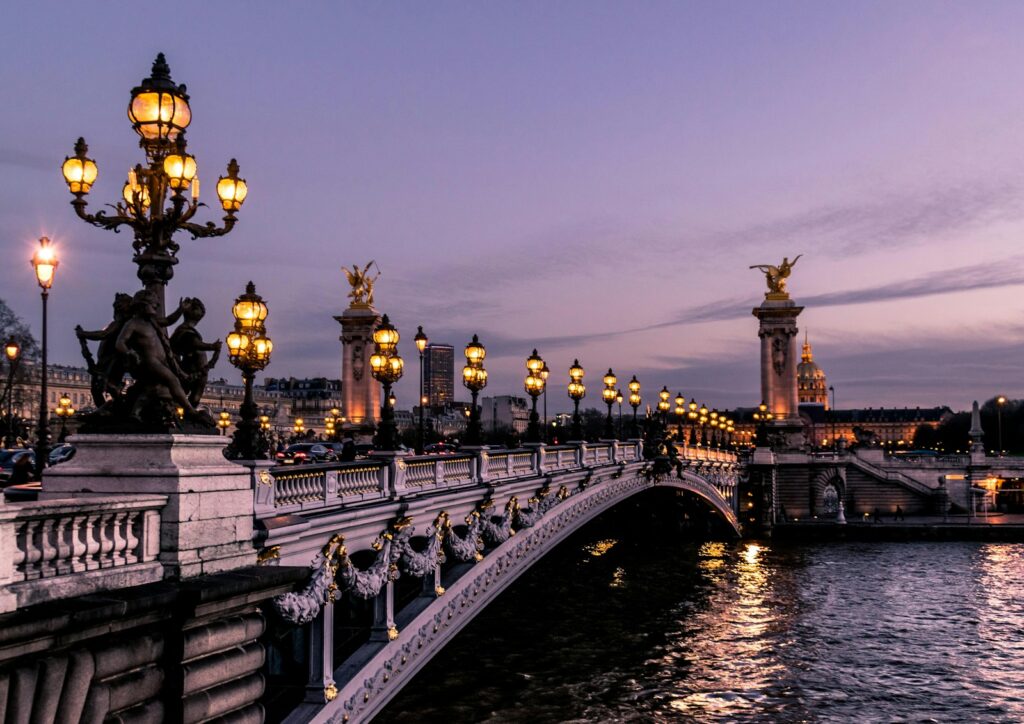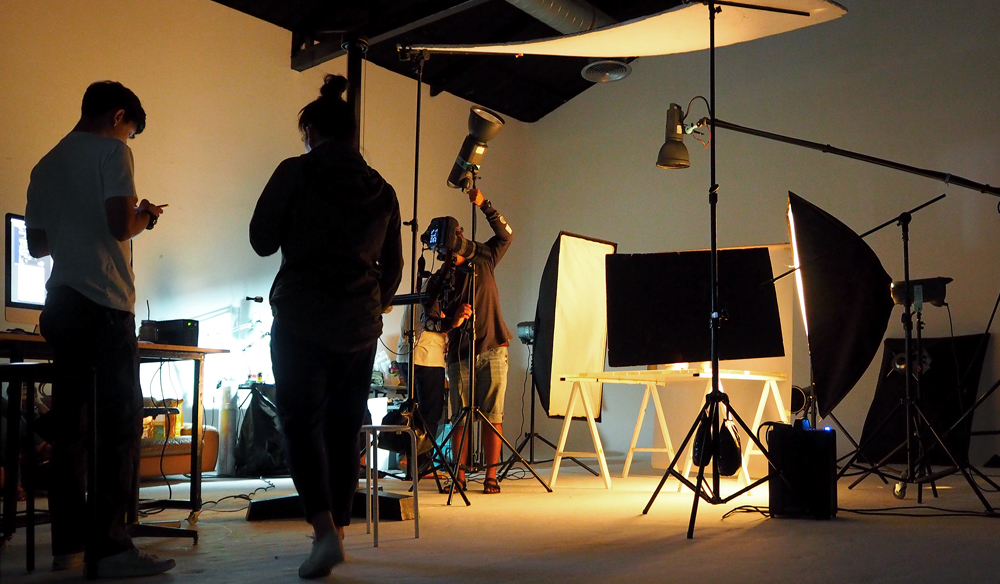
Being cast in a major film is, for most actors, the realization of a lifelong dream. It’s the culmination of years of auditions, training, and relentless pursuit of their craft, promising not just a significant role but often a career-defining moment. Yet, the dazzling lights of Hollywood can sometimes cast long, unexpected shadows, turning dreams into the most public of nightmares. For a select few, the cameras begin to roll, the production machine hums to life, and then, without warning, everything grinds to a halt.
Suddenly, they find themselves replaced, their role given to another, and their on-set journey abruptly concluded. These stories are more than just industry gossip; they offer fascinating insights into the complex, high-pressure world of filmmaking, where creative visions collide, personalities clash, and external pressures can force even the most celebrated talents off a project. It’s a stark reminder that even in the biggest productions, the show must always go on, even if it means recasting a pivotal character mid-stream.
From dramatic clashes over artistic direction to unfortunate personal struggles spilling onto the set, the reasons behind these mid-production dismissals are as varied as the films themselves. Each instance unveils a unique saga of ambition, adaptation, and the often-unforeseen circumstances that can drastically alter a film’s trajectory and an actor’s career. Join us as we pull back the curtain on some of the most talked-about cases of actors who were fired after filming had already begun, revealing the compelling ‘why’ behind these cinematic shake-ups.
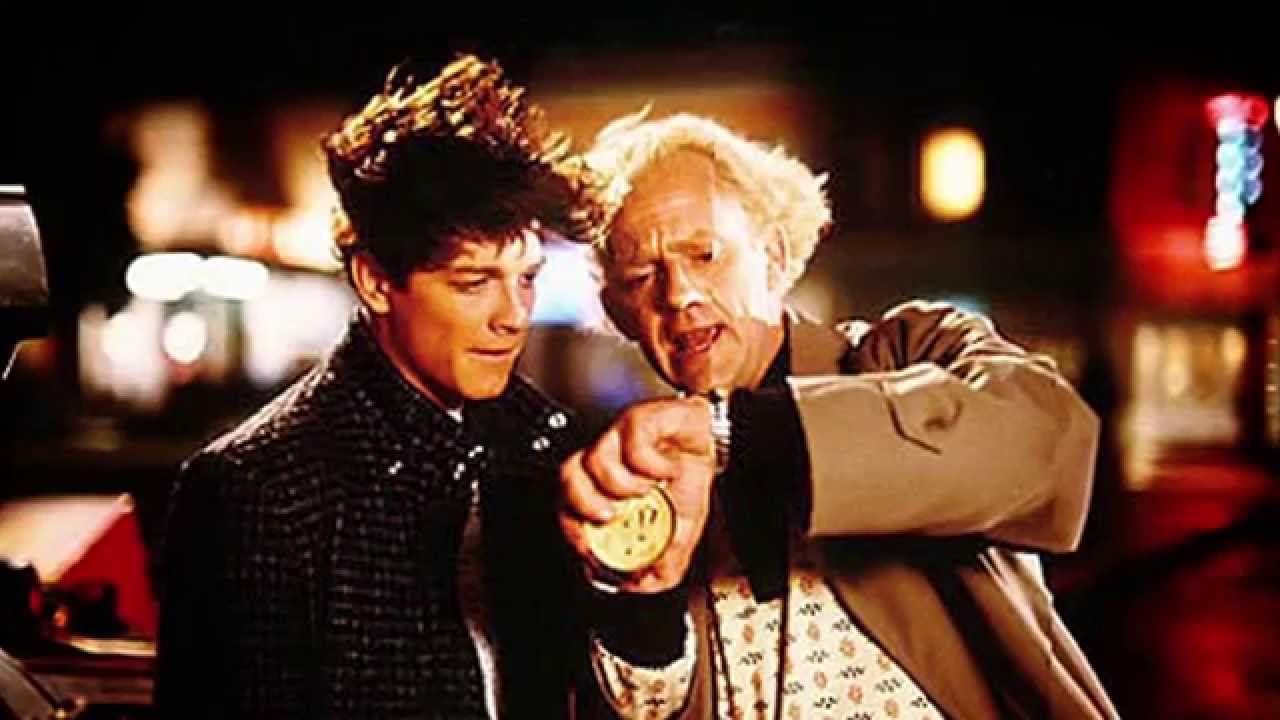
1. **Eric Stoltz – Back To The Future**:Imagine being five weeks into filming one of the most iconic movies of all time, only to be told you’re being replaced. That’s exactly what happened to Eric Stoltz, who was originally cast as the perpetually late, time-traveling teenager Marty McFly in Robert Zemeckis’s groundbreaking Back to the Future. Stoltz had already shot a significant amount of footage, embodying the character with a serious, dramatic intensity that he believed was fitting for the role.
However, director Robert Zemeckis and writer Bob Gale had a different vision. They realized that Stoltz’s dramatic interpretation, while talented, simply didn’t align with the lighthearted, comedic spirit they intended for the film. The filmmakers needed a lead who could deliver laughs as effectively as he could convey astonishment, a quality they felt was missing from Stoltz’s performance.
The decision was made to bring in Michael J. Fox, who had been the original choice but was initially unavailable due to his commitments on the popular TV show Family Ties. Fox’s comedic timing and energetic portrayal proved to be the perfect fit, transforming the film into the beloved classic we know today. Stoltz’s dismissal remains one of Hollywood’s most famous ‘what if’ scenarios, a testament to how crucial tonal alignment is in cinematic storytelling.
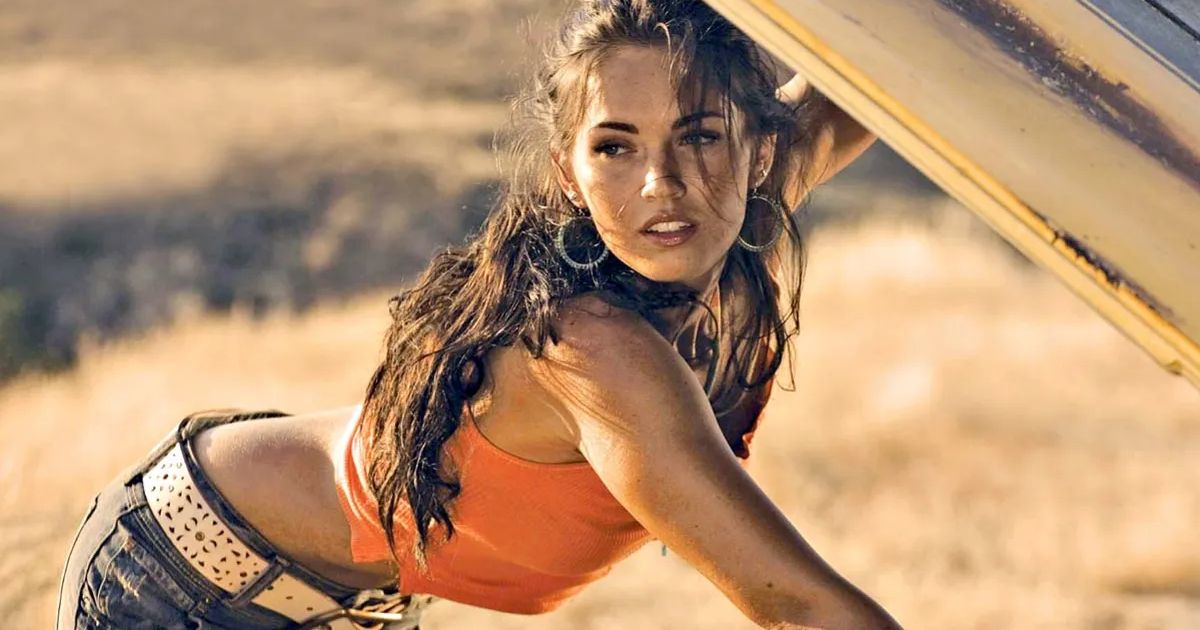
2. **Megan Fox – Transformers: Dark Of The Moon**:Megan Fox’s departure from the Transformers franchise, specifically before the third installment, Dark of the Moon, serves as a high-profile example of how public comments can lead to an actor’s swift removal. Fox had gained immense fame playing Mikaela Banes, the love interest to Shia LaBeouf’s Sam Witwicky, in the first two Michael Bay-directed blockbusters. However, her outspoken nature ultimately led to her being cut from the highly anticipated sequel.
The controversy erupted when Fox made unflattering remarks about director Michael Bay in an interview, famously comparing his on-set behavior to that of a dictator and even Hitler. Such direct and inflammatory criticism of a powerful director, especially one known for demanding sets, rarely goes unpunished in Hollywood. The comments did not sit well with the production team, and it reportedly reached the ears of executive producer Steven Spielberg, who is said to have pushed for her dismissal.
As a direct consequence of her incendiary remarks, Fox was not invited back for Transformers: Dark of the Moon, and her character was unceremoniously written out of the narrative. Rosie Huntington-Whiteley was promptly cast as a new romantic lead, marking a clear and decisive response from the studio and producers. This episode vividly illustrates the delicate balance actors must strike between personal expression and professional conduct within the hierarchical structures of major film franchises.

3. **Judy Garland – Valley Of The Dolls**:Judy Garland, a true Hollywood icon whose career spanned decades, faced a tragic and public dismissal from the 1967 drama Valley of the Dolls. While initially cast in the role of Helen Lawson, her struggles with substance abuse and erratic behavior had unfortunately reached a point where they significantly impacted her ability to perform. This made her continued presence on set increasingly untenable for the production.
Reports from the set painted a grim picture, detailing instances where Garland was frequently late, often unable to recall her lines, or simply incapable of delivering a coherent performance. The demands of a major film production are rigorous, requiring punctuality, discipline, and sustained focus, all of which were tragically undermined by Garland’s personal battles. Despite her legendary status and immense talent, the production ultimately had no choice but to replace her.
Her role was eventually taken over by Susan Hayward, highlighting the harsh realities of the industry when personal issues directly impede professional obligations. Garland’s dismissal from Valley of the Dolls remains a poignant and somber chapter in her storied, yet often troubled, career, serving as a stark reminder of the devastating impact of addiction on even the brightest stars.

4. **Terrence Howard – Iron Man 2**:The Marvel Cinematic Universe is known for its meticulous planning and continuity, which makes the recasting of a major character like James ‘Rhodey’ Rhodes (War Machine) between the first Iron Man film and its sequel, Iron Man 2, particularly notable. Terrence Howard originated the role in the highly successful first film, but when it came time for Iron Man 2, fans were surprised to see Don Cheadle in his place. The reasons behind this mid-franchise change have been a subject of considerable public discussion.
Howard himself has openly stated that his departure was primarily due to a significant salary dispute. He claimed that he was offered a drastically reduced payment for the sequel compared to his original contract, and alleged that the money meant for him was diverted to Robert Downey Jr., who had become an even bigger star after the first film’s massive success. This financial disagreement was a major point of contention for the actor.
Conversely, Marvel Studios reportedly pointed to issues with Howard’s behavior on set during the first film, suggesting that his conduct played a role in their decision not to bring him back. Regardless of the exact balance of these factors, the situation underscores the complex negotiations and potential conflicts that can arise in high-stakes Hollywood productions, especially concerning actor salaries and on-set dynamics within burgeoning franchises.
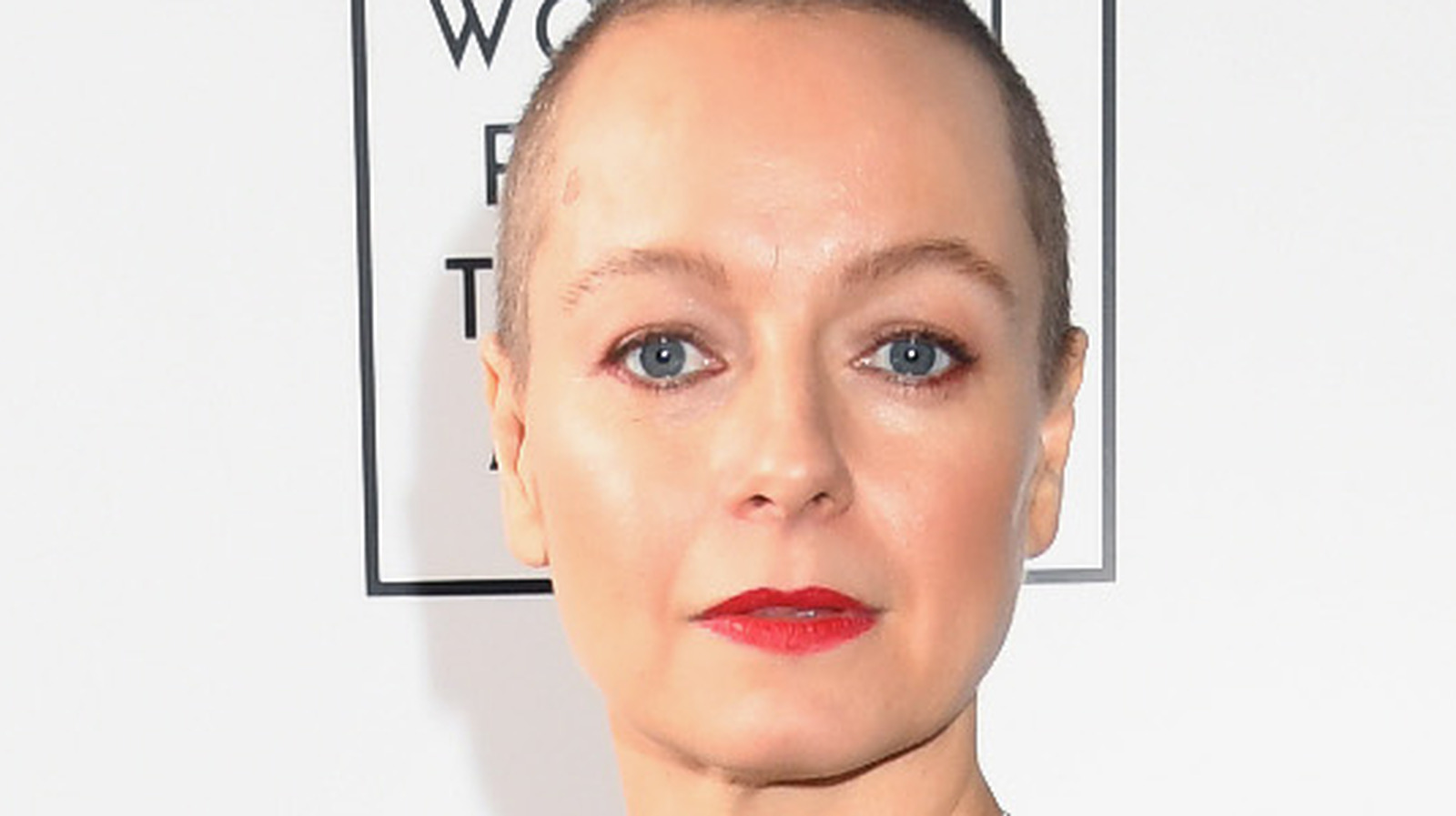
5. **Samantha Morton – Her**:Spike Jonze’s critically acclaimed film Her offered a unique casting challenge, requiring an actress to provide the voice for an artificial intelligence character, Samantha. Samantha Morton was initially cast in this pivotal role, and her commitment went beyond just voice work; she was physically present on set throughout the entire production, interacting with Joaquin Phoenix’s character, Theodore Twombly, to help him deliver a truly authentic performance.
Morton’s on-set presence was crucial for Phoenix, allowing him to genuinely react to a human voice rather than merely an empty space. This collaborative effort was a testament to the innovative approach Jonze took to filming this nuanced story. However, an unexpected shift occurred during the lengthy editing process.
Despite the integral role Morton played in the filming, Jonze decided that the character of Samantha ultimately needed a different vocal quality. He made the difficult decision to recast the role with Scarlett Johansson, who then re-recorded all of the dialogue. This highly unusual ‘firing’ during post-production highlights how a director’s vision can evolve, even after principal photography is complete, prioritizing the final artistic product above all else.
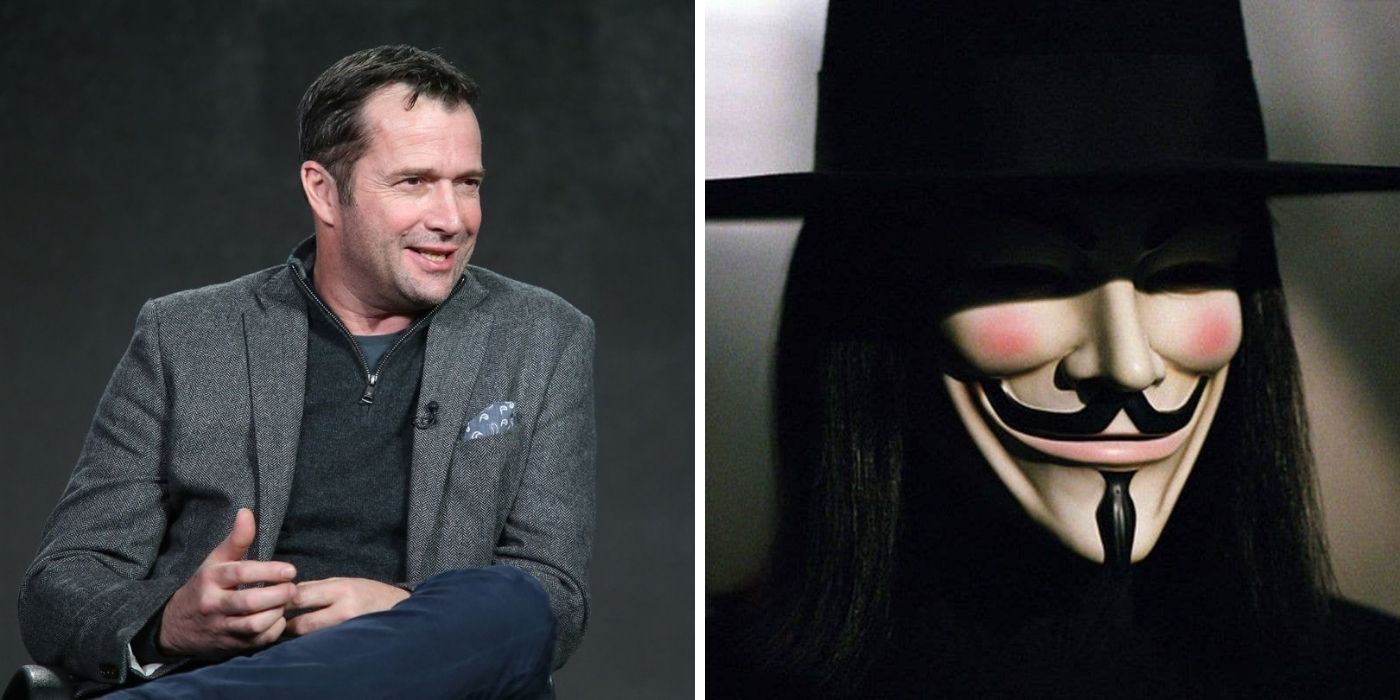
6. **James Purefoy – V For Vendetta**:The enigmatic, masked revolutionary ‘V’ in the dystopian thriller V for Vendetta presented a unique acting challenge, and James Purefoy was initially cast to bring this character to life. He spent approximately six weeks filming scenes, committing to the role which famously required him to perform entirely from behind an Guy Fawkes mask, concealing his facial expressions throughout the production.
However, the demands of such a role, particularly the inability to convey emotion through facial cues, proved to be a significant hurdle for Purefoy. Reports indicate that he found it increasingly difficult to act solely through voice and body language, leading to creative differences regarding the character’s portrayal. It became a mutual understanding that his approach wasn’t aligning with the director’s vision for the masked hero.
Ultimately, Purefoy decided to leave the project, a decision framed as a ‘mutual departure’ due to these creative disagreements. Hugo Weaving, renowned for his work as Agent Smith in The Matrix, was brought in to replace him. Weaving not only took over the physical performance but also famously re-recorded all of V’s dialogue, ensuring a cohesive and iconic portrayal that resonated with audiences worldwide.


:max_bytes(150000):strip_icc()/GettyImages-2170877990-772527b2ae2e4614b54f8601450b0be8.jpg)

